For as long as he can remember, Charlie has always been interested in computers and gaming. It all started with the Sega Mega Drive and then evolved into PC gaming in his early teens. CS 1.6 was his first go at competitive gaming which soon evolved into CS:Source and now CS:GO - a game that he still plays (almost exclusively) today. Throughout that period he has also been a keen PC builder and enthusiast - dedicating a large portion of his time to the craft. My current rig is an ASUS 5700XT with AMD's Ryzen 3600X.
WePC is reader-supported. When you buy through links on our site, we may earn an affiliate commission. Learn more
Last Updated:
You may already know you can improve your computer’s performance by overclocking your processor or graphics card but did you know you can also overclock your monitor?
Overclocking your monitor increases your refresh rate, which can ultimately improve the smoothness of your overall experience. Overclocking a monitor is simple to do, and in this article, we will cover how to overclock your monitor, as well as the benefits and risks that go along with it.
Overclocking Your Monitor: Risks
Before we get started with how to overclock your monitor, it’s best to understand the limitations our equipment can have and any unwanted risks that can come with overclocking. Before overclocking anything, it is best to check your warranty to see if doing this will void it. In some cases, it will. Overclocking won’t cause too much harm to your monitor, but if it isn’t covered, then be aware you are continuing at your own risk.
Overclocking the refresh rate on your monitor would rarely damage the internal hardware, but the capabilities of each monitor are different. High-end gaming monitors sometimes come with the option to overclock so be on the lookout for one of these when you consider a newer monitor if overclocking is something you wish to persist with.
The main risk with overclocking is reducing the lifespan of the monitor itself. It should only reduce the lifespan a short amount, but basically, an increase in the monitors refresh rate requires a faster current which will increase the energy output. This increase in energy will drain more power from your power supply and can create more heat internally, which can, of course, wear down components over time.
Overclocking Your Monitor: Benefits
Understanding the benefits is just understanding what a refresh rate is. Your monitors refresh rate is how many times per second the image is refreshed and often 60Hz is enough. But with higher-powered graphics cards comes higher frame rates. When your frame rate on your GPU is out of sync with your refresh rate (60Hz +120 FPS), you can get a screen tear resulting in a jittery experience. So, increasing your refresh rate to match as close as you can with your frame rate, you can eliminate some of this.
Overclocking using Nvidia
Overclocking is similar no matter which graphics card you have in your setup but we will outline both below.
As we mentioned above, it’s relatively easy to overclock your monitor. First, you want to navigate to your Nvidia control panel (right-click on your desktop). Once open, you should be in the “Change Resolutions” page. From this page scroll down and select the “Customise” box underneath “Resolution”.
Next, you want to “Enable Resolutions Not Exposed by the Display” and click “Create Custom Resolution”.
From here, it is best to keep the settings the same and only change the “Refresh Rate”. Start by increasing the amount by 5 Hz at a time and know that most monitors unless they explicitly say otherwise can go up around 15Hz max. It’s worth noting in some cases this can be higher depending on your GPU, connection type (HDMI/DisplayPort), and monitors capabilities.
Overclocking using AMD
If you are using an AMD card, you need to go to your Radeon settings and click on “Create” which can be found next to “Custom Resolutions”. It doesn’t matter if you have AMD or Nvidia setup you should still only increase your refresh rate in increments of 5Hz. Increase it until the signal is lost and the screen reverts back to a refresh rate it can use then you can go up in increments of 1Hz to maximize the refresh rate.
Other Overclocking Guides
Final Word
As with any overclocking, just be sure to take things slow. When you overclock your monitor, it can be tempting to go faster but that’s how things break. If you do it correctly, you’ll soon find you can enjoy an even better viewing experience than before. If you have any questions about to how to overclock you, monitor, leave them in the comments below and we’ll help you out!

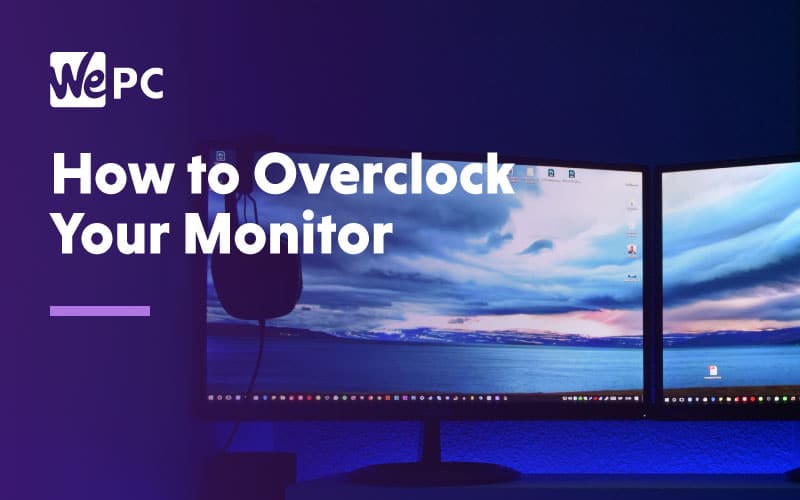
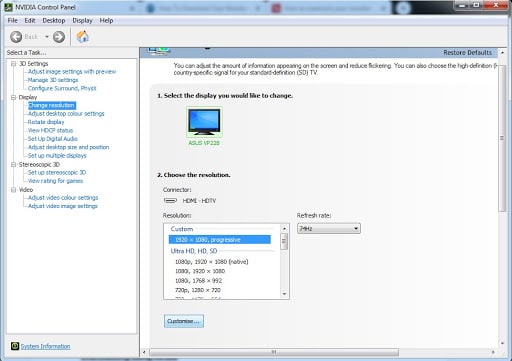
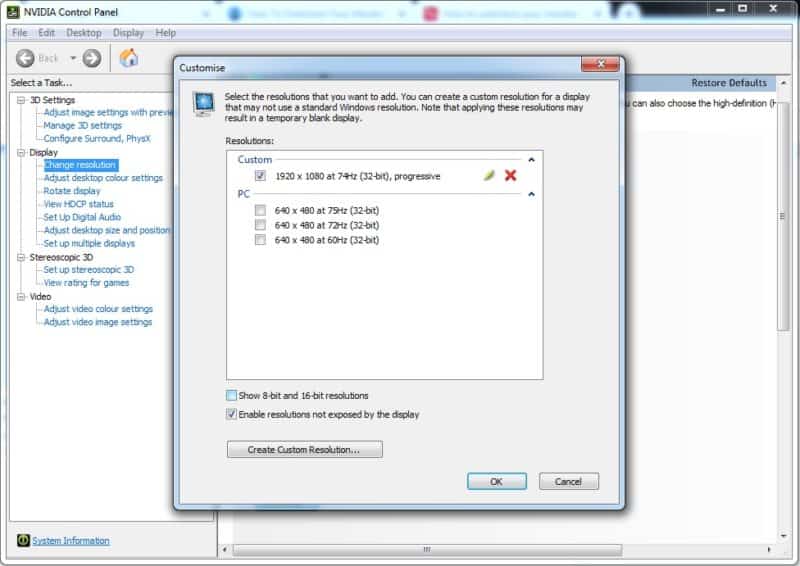
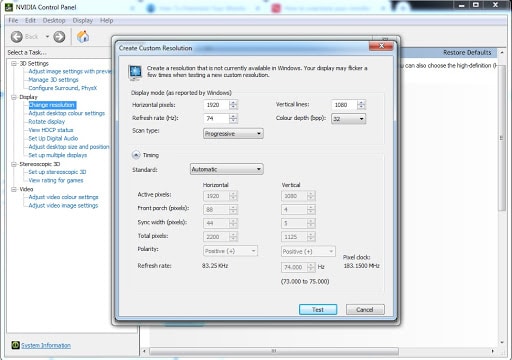
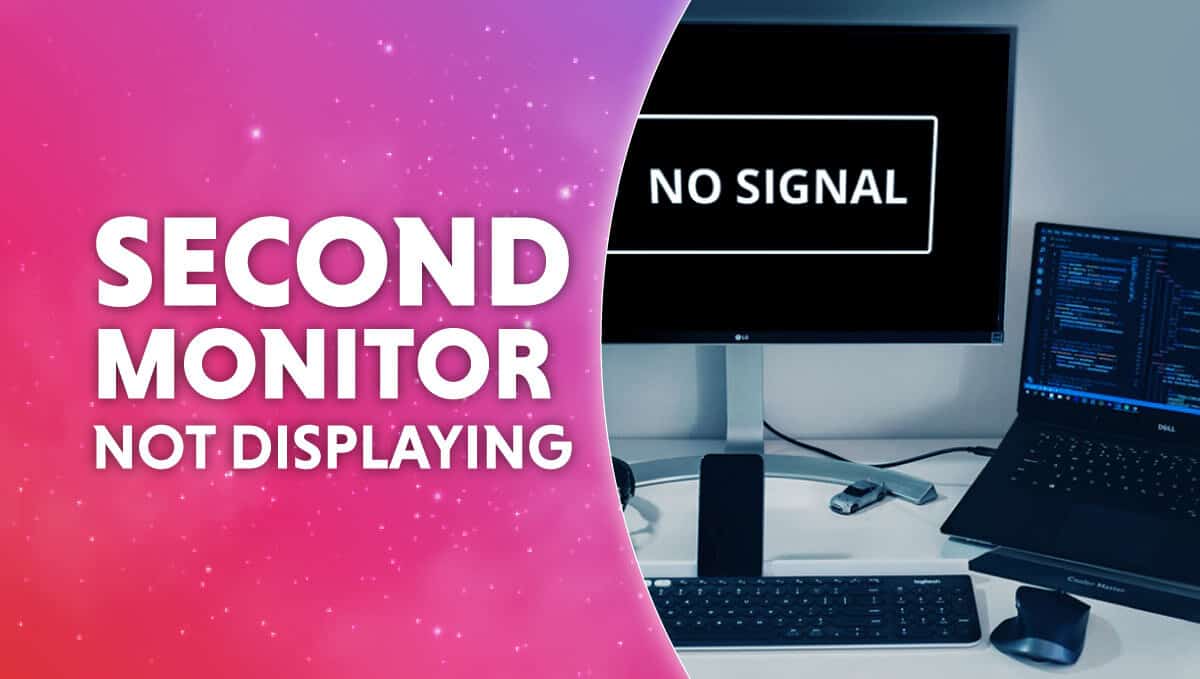
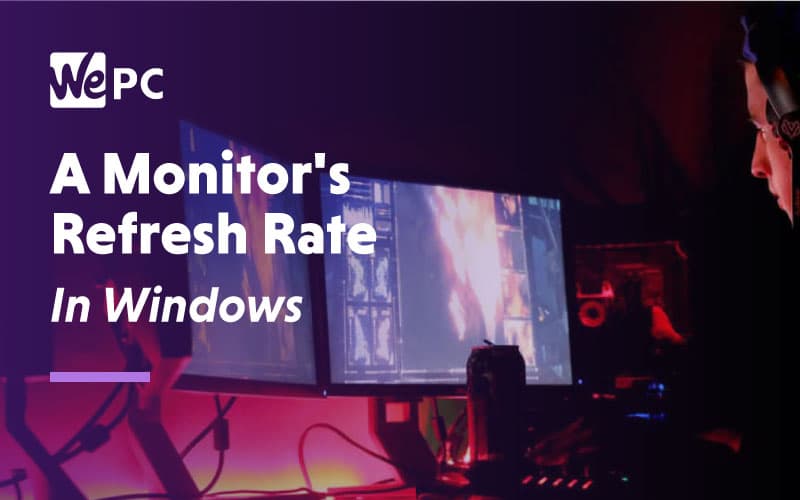
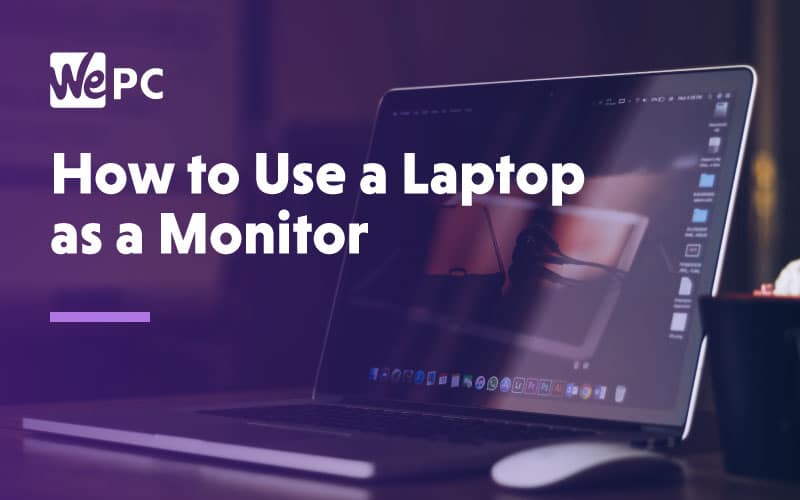
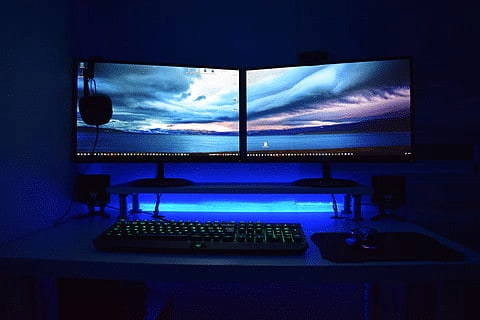
This was excellent, thank you, Sir.